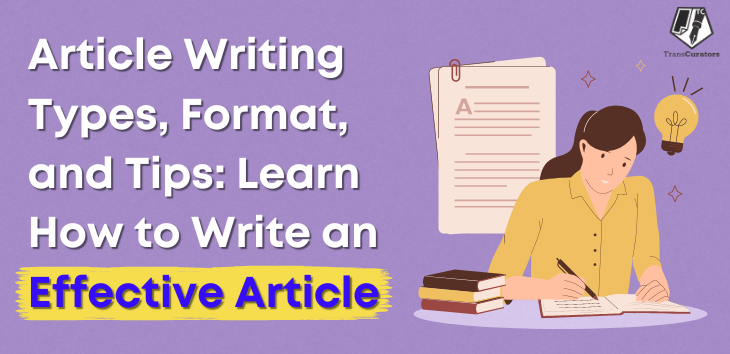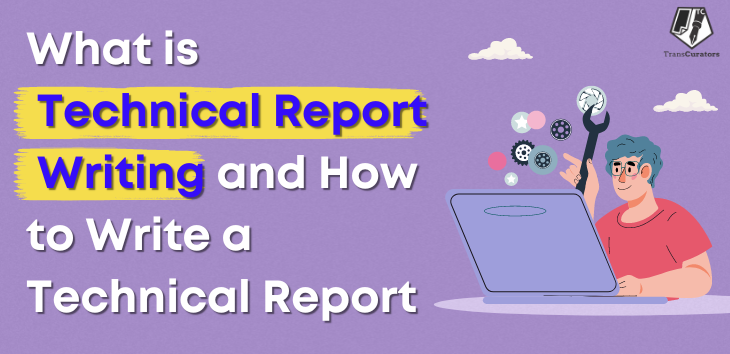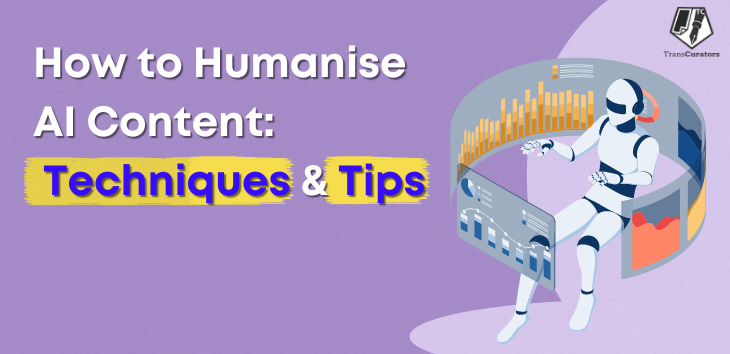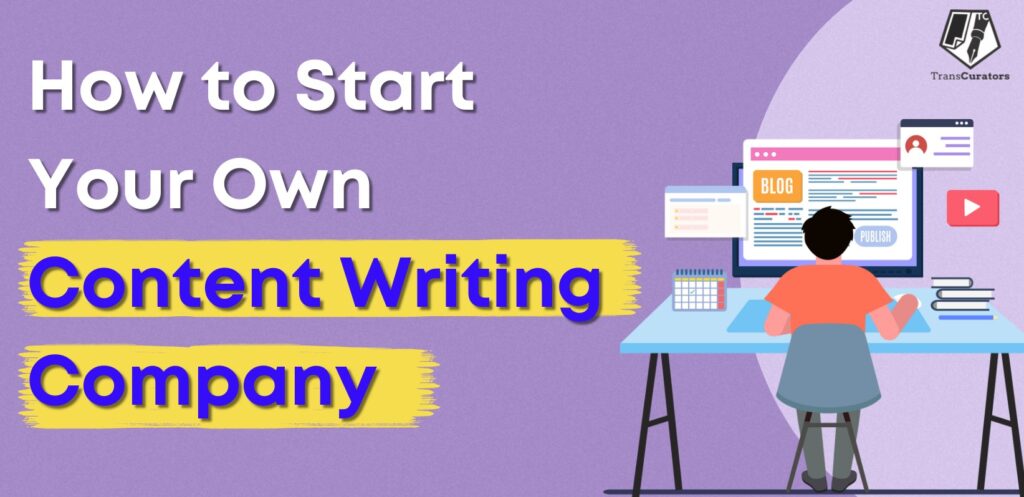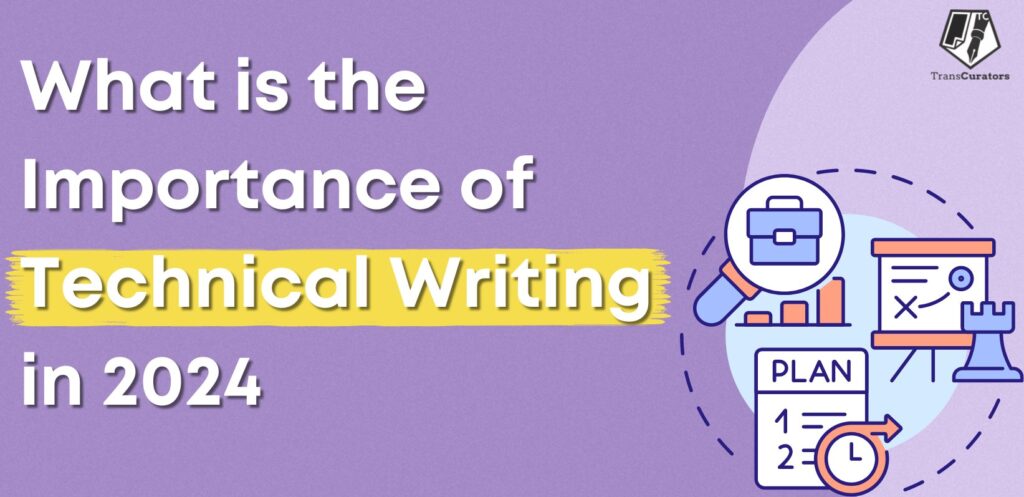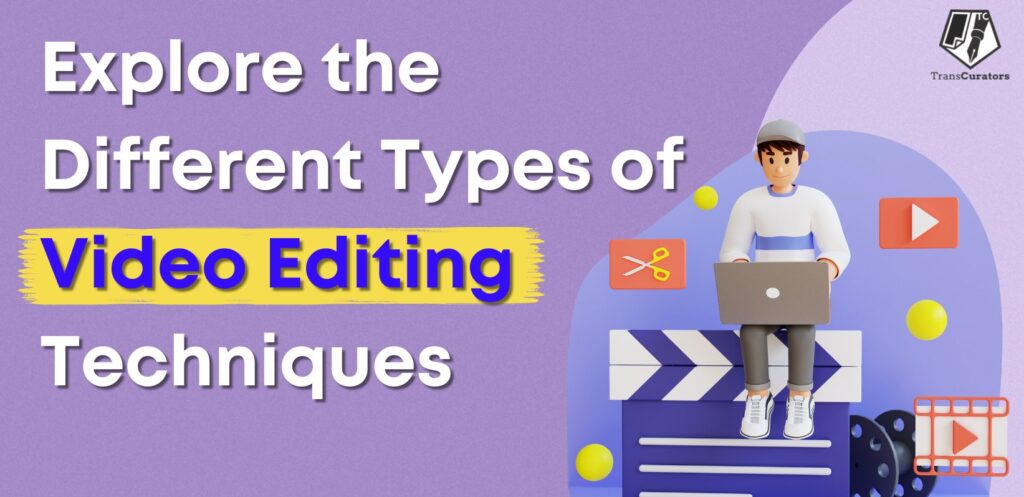What is Visual Content Marketing? & How to Grow with It
In this new age of digital media, attention spans are short, and competition for consumer attention is more intense than ever. Despite the competition for eyes and ears, a single technique continuously stands out for its ability to fascinate and engage audiences in visual content marketing. Consider looking through your social media page; what attracts your attention first? Is it the lengthy text or the colorful, eye-catching image? For the majority of people, the answer would be colorful images. Visual content marketing uses photos, videos, infographics, and other visual components to communicate messages, tell stories, and promote corporations. This type of marketing is about more than simply making things appear friendly; it’s about generating real connections with your target audience in ways that words alone cannot. Let’s look at visual content marketing: what it is, why it matters, and how to use it to promote your business. The Essence of Visual Content Marketing and Why It Matters Why Visual Content Matters? When it comes to the area of digital marketing, visual content is innovative. In ways that words alone cannot, they help to captivate, educate, and connect with audiences. Here’s a closer look at the importance of visual content and the significant impression it can have on your marketing initiatives. Visual content marketing employs graphics to deliver messages, engage with audiences, and drive actions. It includes everything from images and illustrations to videos, infographics, and more. The primary goal is to carefully use these features to boost your marketing efforts. Grabs Attention Quickly You only get a few seconds to grasp someone’s attention in this digital age. As per the research, a human brain looks at images 60,000 times quicker than written content. A captivating picture or an engaging video can draw someone’s attention quickly when they’re exploring a website or scrolling through their social media feed. Example: Let’s assume an Instagram photo from a travel company. A picture of a stunning tropical beach is much more likely to grab attention than a detailed description of the location. Enhances Understanding Visual content helps to convey complex information more effectively and efficiently than any written content can. Infographics, charts, and diagrams can simplify complicated stuff and represent it understandably, which allows the viewers to grasp your message better and keep their interest. Example: Imagine an infographic that highlights important data and patterns over time in a blog post about financial trends that is more understood and engaging than an article with a lot of written content. Boosts Engagement Visual content naturally fascinates people. On social media, content using photos or videos generally yields more likes, shares, comments, and overall popularity. Your content’s visibility and reach can be increased due to this increased level of engagement, which will boost your marketing initiatives. Example: Imagine an announcement on Facebook that includes an exciting video announcing the debut of a new product that is more likely to be shared and discussed than one that is just written only. Increases Retention Visual tools also improve memory for data. Research says that people recall 20% of what they read but a whole 80% of what they see and do. You can guarantee that your message stays with your audience and make it appealing by including images in your content. Example: A fascinating logo or branded visual can help consumers recognise your brand when purchasing. Evokes Emotions Visuals have the ability to evoke emotions quickly. Emotions play a significant role in decision-making, whether it’s joy, surprise, trust, or empathy. You can create a deeper connection with your audience by tapping into this through visual content. Example: Imagine a charity organization using powerful images of the communities they help, which can evoke empathy and motivate viewers to donate. Supports Your Brand Identity Consistent visual content helps to strengthen your brand identity. A consistent colour scheme, style, and images help you establish a recognizable and professional brand presence. This consistency fosters trust and familiarity among your audience, leading to increased loyalty. Example: Picture a fashion brand consistently using high-quality, stylish photos aligning with its aesthetic to help create an influential and recognizable identity. Improves SEO Visual content, when properly optimised, can improve your search engine ranks. Search engines like Google prefer material with photos and videos because it is more exciting and beneficial to users. Using video transcripts and optimising pictures with alt text might help your SEO efforts even further. Example: A blog post with relevant images and an embedded video tutorial is likely to rank higher in search results than a text-only post. Enhances Social Media Strategy Social media platforms are visual. Visual material is vital for success on these platforms. High-quality images, whether on Instagram, Pinterest, Facebook, or Twitter, can significantly boost your social media success. Example: An eye-catching Instagram story featuring behind-the-scenes footage of a product launch can generate excitement and anticipation among followers. Types of Visual Content Visual content plays a vital role in digital marketing. It aims to attract attention, convey messages quickly, and engage individuals effectively. Visual content can improve your marketing approach in several manners, each with its own benefits and uses. Here, we’ll look at some of the most successful types of visual content. Images- Images are one of the most common types of visual content. They are very versatile and can be used in multiple ways to enhance your marketing efforts. Photographs: High-quality photos showcase products, tell stories, and also highlight important events—for example, a fashion brand using professional photos of models wearing their latest collection to attract customers. Illustrations: Custom illustrations add a unique touch to your content. They make your brand stand out and communicate complex ideas and engagingly. Memes: Memes are humorous images that can quickly go viral in this modern digital age. They are excellent options for engaging with younger audiences and making your brand relatable and fun. Videos- Videos are compelling for storytelling and engagement. They can quickly convey information and are highly shareable on social media. Explainer Videos: These videos break down
